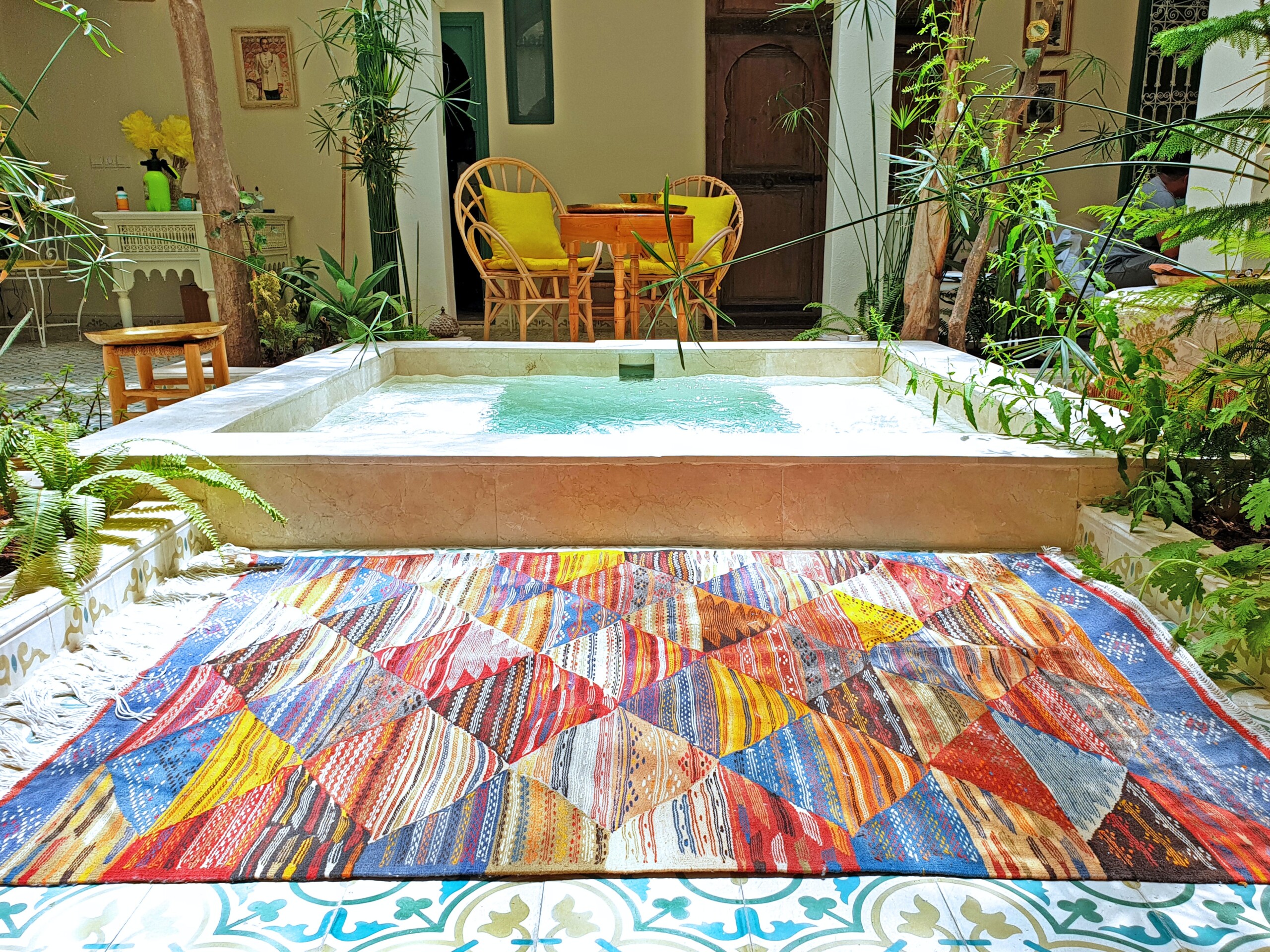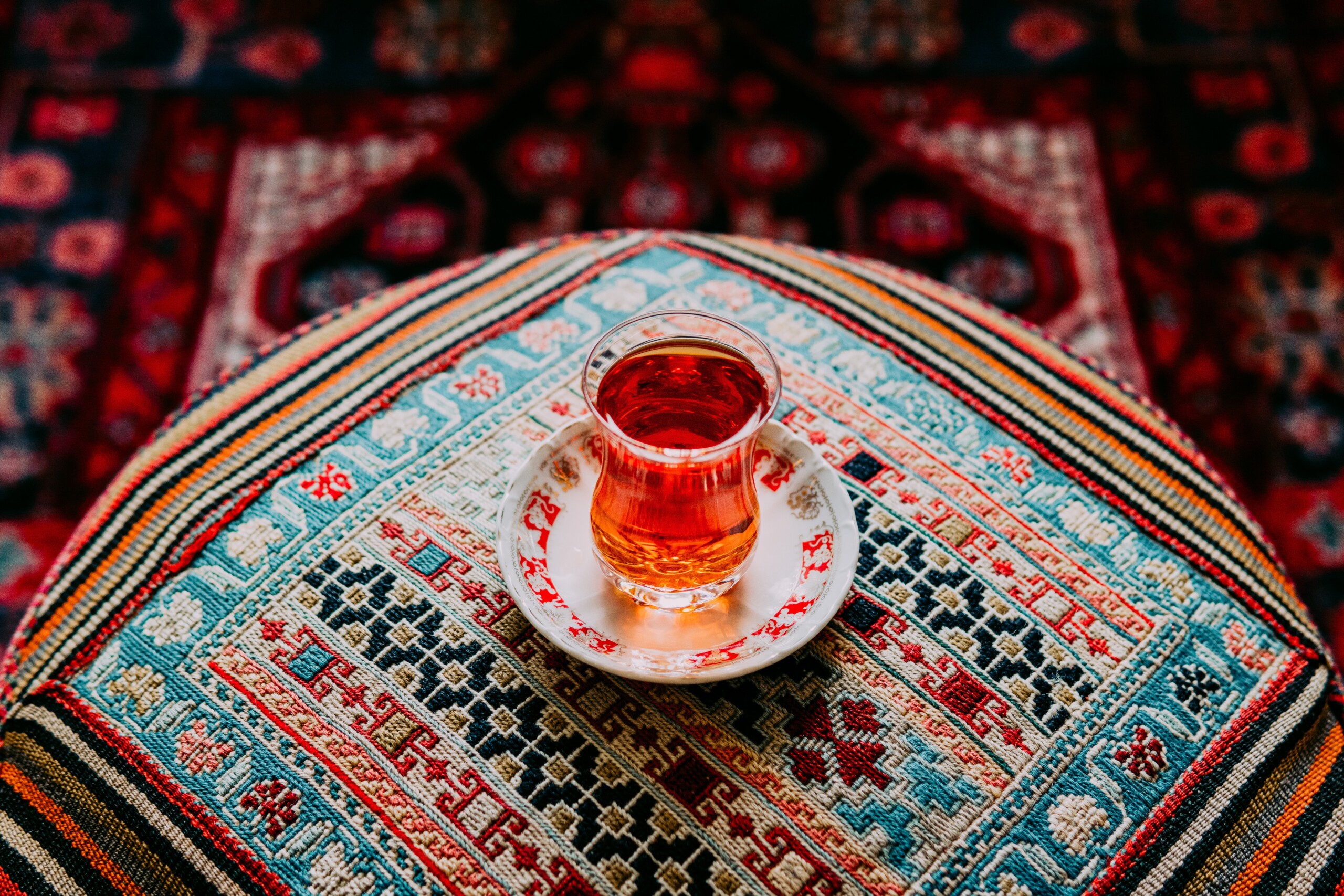
SOURCE: livingspaces.com
Did you know there’s a world of difference between Moroccan, Persian, and Oriental rugs?
From patterns to materials, each rug has its unique features that distinguish it from the others. Discover the distinct qualities of each type of rug in this informative blog.

What Is a Moroccan Rug?
One of the main differences between rugs is their country of origin, so it stands to reason that Moroccan rugs are woven in, well, Morocco! Granted, rugs from one part of Morocco may differ slightly from rugs you’ll find in another part of the country. For example, rugs from the cold mountains of Morocco may be thicker than those from desert climates in the same nation.
In general, though, the designs are similar, as they frequently include patterns with geometric shapes that repeat across the whole rug. Colors can range from neutral to eye-catching.
What Is a Persian Rug?
As you can probably guess, Persian rugs come from the area that was once referred to as the Persian Empire. While most Persian rugs come from Iran, some are also made in Pakistan – but aside from the country of origin, you can identify Persian rugs by the design details they typically have in common.
These include an outer border around the rug, complemented by a slightly thicker inner border, and then a thinner border within that. The center of the rug usually has an elegant medallion that’s surrounded by small, intricate patterns.


What Is an Oriental Rug?
Oriental rugs may come from a variety of countries, including China, Tibet, India, Turkey, Egypt, Iran and Pakistan. This means that Persian rugs are a type of Oriental rug, but not all Oriental rugs are Persian.
Oriental rugs from China are often made of silk, and they might feature patterns with elements of nature, such as trees, mountains, lakes and flora and fauna. Regardless of which country the typical Oriental rug comes from, it tends to feature cool colors, such as yellow, blue and pink.
Which type of rug do you prefer, and why?

